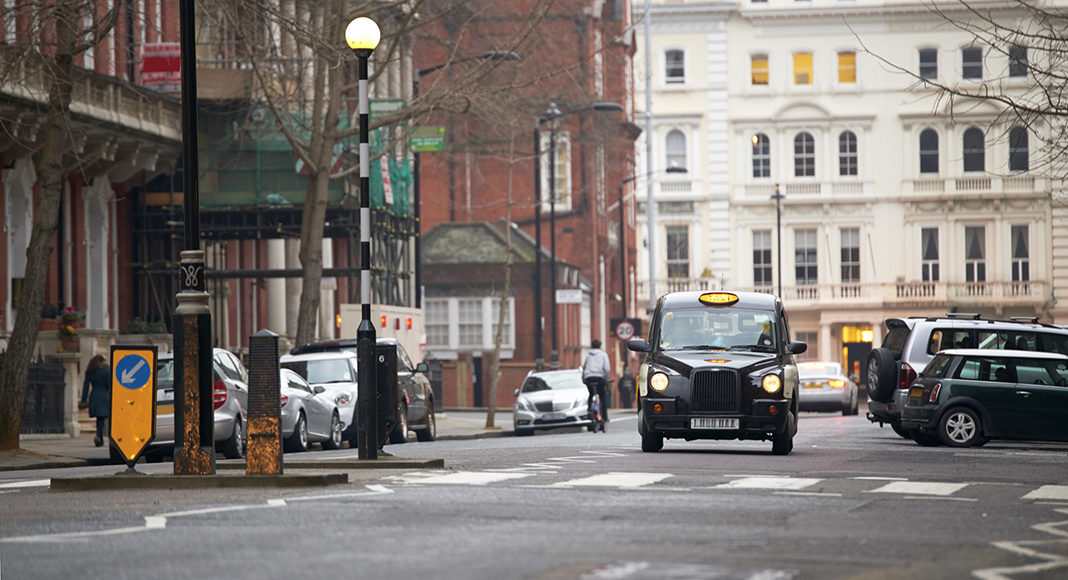Taxi drivers in London experience the highest exposures to black carbon compared to other professional drivers such as couriers, truck drivers, waste removal and emergency service workers, according to a new study.
Researchers from Kingâs and Queen Mary University of London recruited 140 professional drivers from a range of different occupations working in the heart of London and asked them to carry black carbon monitors for 96 hours.
âWe know quite a lot about the dangers of exposure to traffic pollution. However, there has been surprisingly little research on levels of professional driversâ exposure to pollution and its effects on their health,â said lead researcher and Kingâs PhD candidate Shanon Lim. âWe believe there are around a million people working in jobs like these in the UK alone, so this is a widespread and under-appreciated issue.â
On average, the results indicated that professional drivers were exposed to 4.1 micrograms of black carbon per cubic metre of air (”g/m3) while driving, around four times higher than their exposure at home or levels experienced in offices. During the same period, researchers found that pollution levels at Marylebone Road were 3.1 ”g/m3 on average and, away from the roadside, the average level in London was 0.9 ”g/m3.
âOur study suggests that professional drivers are exposed to high levels of traffic pollution while at work. Because these levels are higher than those we find at the roadside, this suggests that being inside a vehicle doesnât necessarily offer any protection, in fact the opposite may be true: that air pollution can get trapped inside the vehicle for extended periods of time,â added Lim.
Of those studied, taxi drivers had the highest levels of exposure on average while emergency services workers had the lowest levels.
The researchers said they didnât know for sure why taxi drivers fared the worst, but it could be down to taxis operating in the busiest and most polluted parts of the city.



















